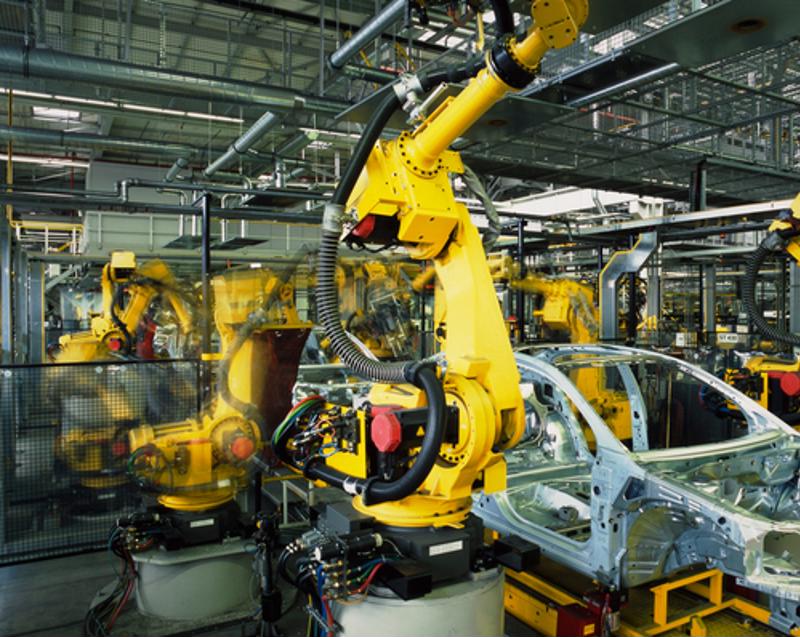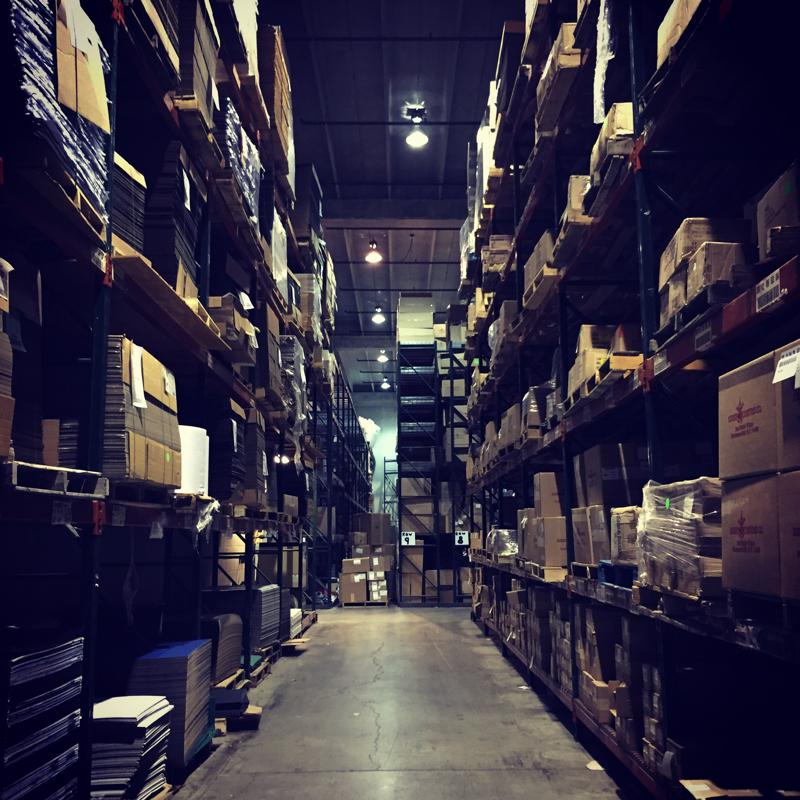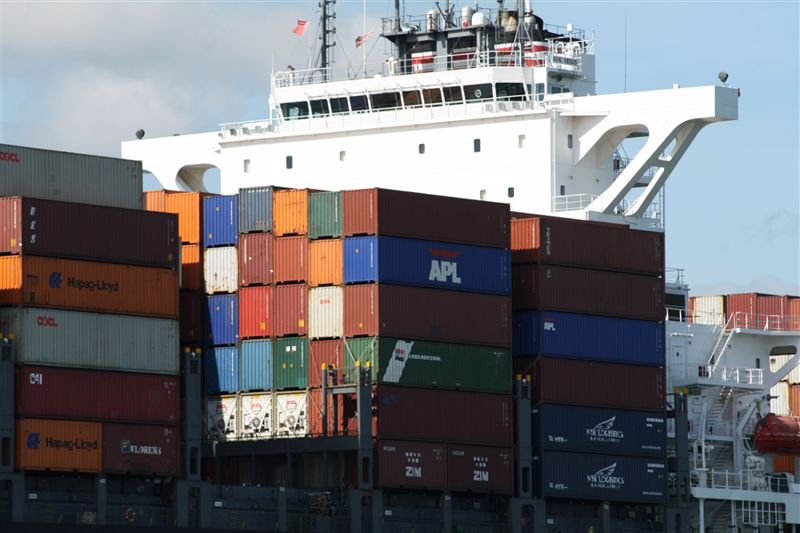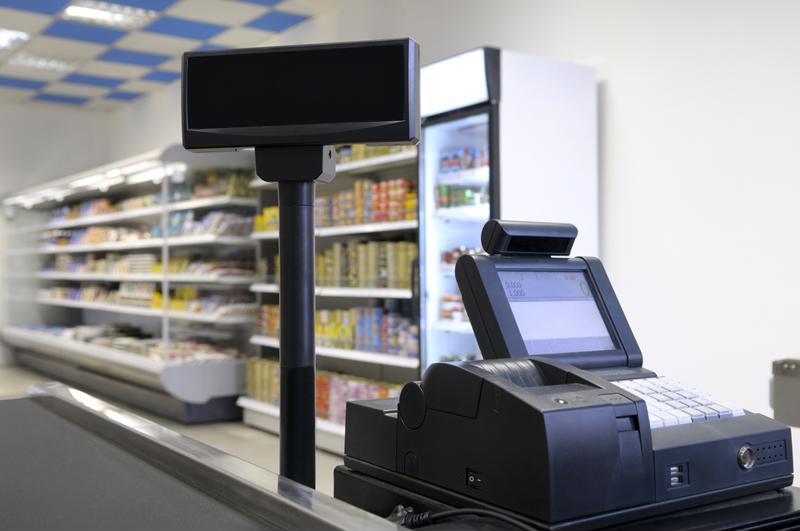Loaded import container volumes in August were down across the board for San Pedro Bay, falling 6% on a year-over-year basis at the Port of Long Beach and approximately 17% at the Port of Los Angeles. Volume was also down annually in terms of physical containers (i.e. 20-foot equivalent units, or TEUs), by 15% in L.A. and 0.1% in Long Beach.
For the most part, August is among San Pedro Bay's busiest months on the calendar for overall container volume. Indeed, in 2020, Los Angeles handled 961,832 TEUs over the 31-day period (second only to October) and roughly 954,377 TEUs (behind March for first) in 2021. With just 805,314 TEUs this time around, August was the Port of Los Angeles' slowest month.
Several factors at play
Gene Seroka, executive director for the Port of Los Angeles, said in a news briefing that this year's unusually quiet August was a product of a combination of factors. One of them had to do with shippers being more proactive than they've been in the past,
"Some of the cargo that usually arrives in August for our fall and winter seasons is already here," Seroka said in the port's video news briefing that's available on YouTube. "Cargo owners who expected longer lead times shipped earlier in order to guarantee delivery schedules. This just-in-case strategy — versus the traditional just-in-time approach — has been widespread in the market."
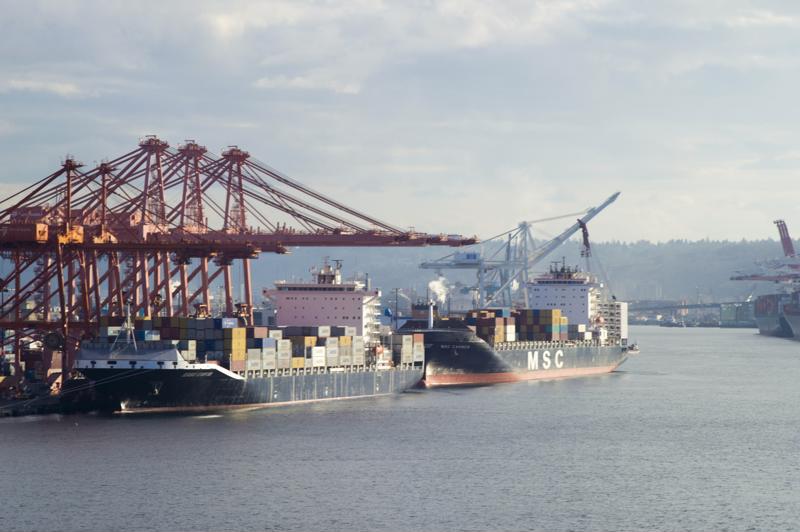
Shipping delays have been problematic for many port authorities since the pandemic first began. Staffing shortages — both for drivers as well as dock workers — and limited availability of containers have all contributed to shipments taking longer to arrive at their intended destinations.
Seroka cited several other influences on port volume, including retailers reducing their orders due to inflation and shippers using ports in other portions of the country to avoid the potential for bottlenecks at San Pedro Bay.
"All this to say that there are so many variables, and they continue to grow every day," Seroka added.
While some may contend August's low number is a sign of what's to come, year-to-date figures suggest it's more of a blip than a trend. As Supply Chain Dive points out, the Ports of Los Angeles and Long Beach have handled more TEUs through the first two-thirds of the year than they did over the same span before 2020. Additionally, when evaluating container traffic on a cargo volume basis, August was Long Beach's second busiest August in the port's history.



